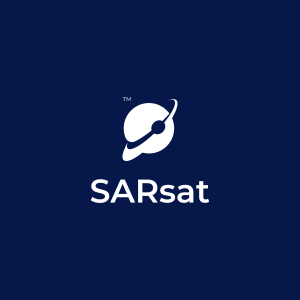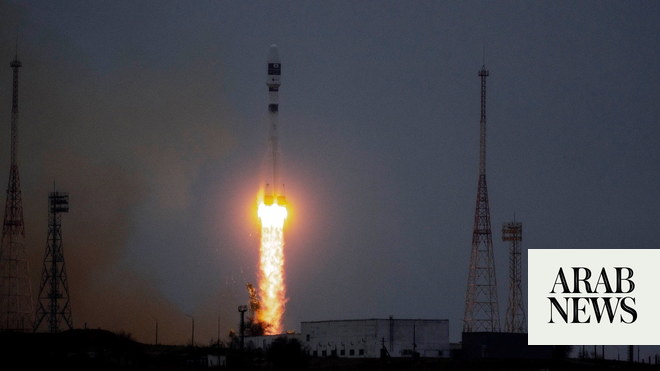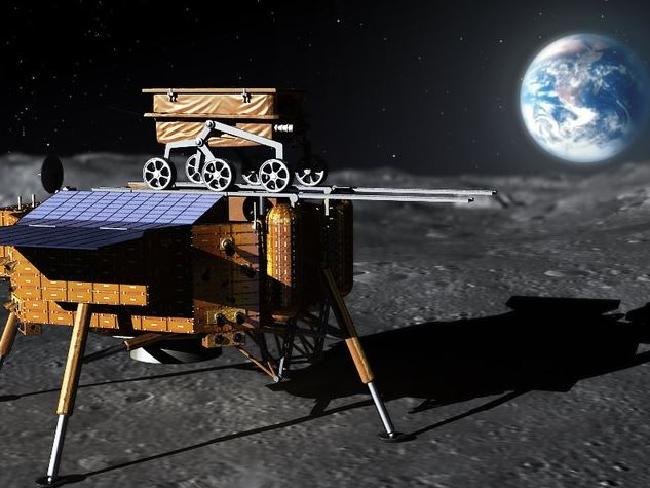Corruptistan
FULL MEMBER

- Joined
- May 28, 2022
- Messages
- 1,475
- Reaction score
- 0
- Country
- Location
Translation:
Space publication entitled: Radar imaging and dual-frequency SAR satellites and the global priority struggle between King Abdulaziz City for Science and Technology (KACST) in front of a consortium that brings together NASA & ISRO
Translation:
A quick look at the beginning at the meaning of SAR or Synthetic Aperture Radar, which means synthetic aperture radar, or according to its common meaning, radar imaging. Radar imaging techniques are used in many atmospheric applications, as they send their waves to the surface of the earth and are reflected in accurate two-dimensional images.
Translation:
Then reprocessing the images to obtain high-resolution 3D images. SAR imaging techniques are used in combat aircraft, reconnaissance aircraft, drones, and airships, as well as satellites to create accurate images. Some Saudi projects dedicated to aircraft, radar detectors and sighting radars
Translation:
Advantages of radio imaging SAR The main advantage of SAR imaging devices is that monitoring is carried out regardless of weather or day or night lighting conditions that are not affected. In other words, SAR satellites can be used at night or with thick cloud cover over the area of interest and very accurate images can be drawn.
Translation:
SAR satellites are well suited for monitoring change such as landslides or rising water levels. - It can also estimate the number of cars that appeared in a parking lot during the night, or the number of containers that disappeared from the port.
Translation:
It can also be used successfully to monitor the condition of infrastructure, such as gas or oil pipelines, etc. The SAR satellite is well suited for maritime traffic monitoring as well. This is because ships or warships can easily be captured on the water.
Last edited:












